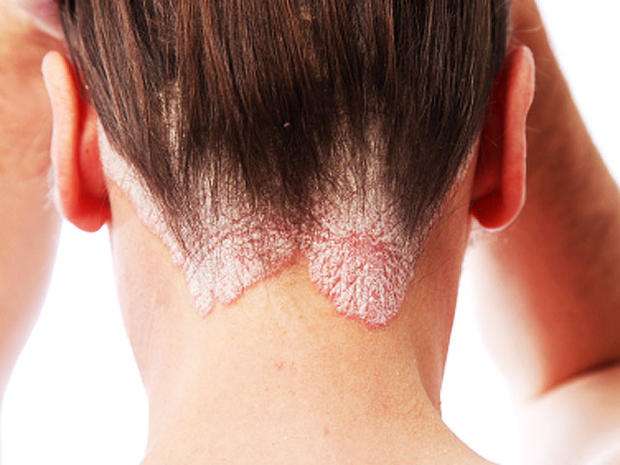Introduction:
The skin, being the body’s largest organ, serves as a protective barrier against external elements and plays a crucial role in maintaining overall health. However, various factors can lead to the development of skin diseases, affecting millions of people worldwide. Understanding the causes, symptoms, and treatments for common skin diseases is essential for promoting skin health and overall well-being.
Acne:
Acne is a prevalent skin condition that primarily affects adolescents but can persist into adulthood. It occurs when hair follicles become clogged with oil and dead skin cells, leading to the formation of pimples, blackheads, and whiteheads. Hormonal changes, genetics, and certain medications can contribute to acne. Treatment options include topical creams, oral antibiotics, and lifestyle modifications.
Eczema (Dermatitis):
Eczema is a chronic inflammatory skin condition characterized by red, itchy rashes. It often develops in childhood and can persist into adulthood. Factors such as genetics, environmental triggers, and a compromised immune system can contribute to eczema. Moisturizers, topical steroids, and lifestyle adjustments can help manage symptoms.
Psoriasis:
Psoriasis is an autoimmune condition that leads to the rapid buildup of skin cells, resulting in thick, silvery scales and itchy, dry patches. Genetics, immune system dysfunction, and environmental factors can trigger psoriasis. Treatment options include topical treatments, phototherapy, and systemic medications.
Rosacea:
Rosacea is a chronic skin condition that primarily affects the face, causing redness, visible blood vessels, and sometimes, pimple-like bumps. Triggers for rosacea include sun exposure, spicy foods, and alcohol. Topical medications, oral antibiotics, and lifestyle modifications are common treatment approaches.
Dermatitis (Contact and Atopic):
Contact dermatitis occurs when the skin comes into contact with irritants or allergens, leading to redness, itching, and sometimes blisters. Atopic dermatitis, on the other hand, is a chronic condition associated with a hypersensitive immune response. Avoiding triggers, using emollients, and, in severe cases, prescription medications are common management strategies.
Skin Cancer:
Skin cancer is one of the most prevalent types of cancer globally, with three main forms: basal cell carcinoma, squamous cell carcinoma, and melanoma. Prolonged sun exposure, genetics, and a history of severe sunburns contribute to the development of skin cancer. Early detection is crucial, and treatment options range from surgical excision to radiation therapy, depending on the type and stage of cancer.
Fungal Infections:
Fungal infections, such as ringworm and athlete’s foot, are caused by various fungi. These infections thrive in warm and moist environments, leading to itchy, red, and sometimes blistered skin. Antifungal medications, both topical and oral, are effective treatments.
Conclusion:
Maintaining healthy skin involves a combination of proper skincare, a balanced lifestyle, and prompt attention to any skin abnormalities. While many skin diseases are manageable with proper care, consulting a dermatologist for a thorough diagnosis and personalized treatment plan is crucial. Additionally, adopting sun protection measures, practicing good hygiene, and being mindful of potential triggers can contribute to overall skin health and well-being.
NaaTV Telugu is trying to create awareness about skin diseases. Thanks for your valuable support to NaaTVTelugu



